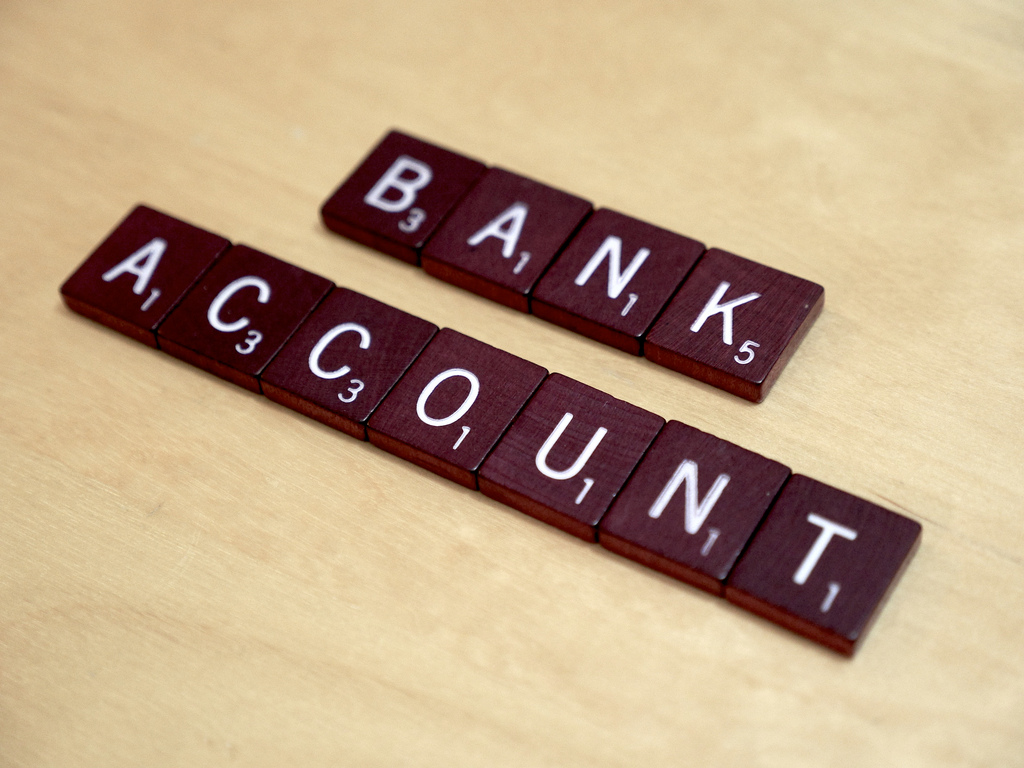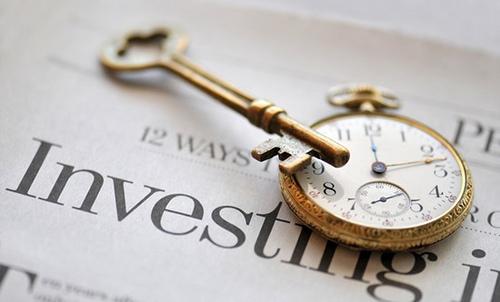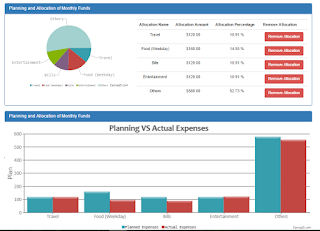As you have notice, for the last few months, I am unable to produce my expenses results due to forgetfulness and also tight schedule due to wedding and moving into my new house (there are tons of things to do, so if you are at that stage, do note that it will take a lot of your time).

Understanding the fact that tracking of expenses can be quite tough as the days goes by, especially if you have other things to focus on, you will slowly neglect this activity. So some of the readers might feel that this will disrupt your saving journey and will eventually lead to overspending. This concern is legit because not many people can control their spending (including myself) without the help/assist of tools (tracking expenses tools).
So what can we do to solve this issue?
There are a few methods that I have suggested previously which can be useful in tackling this issue.
1) Having a Spending Account and a Saving Account

When you start working, do remember the first thing to do is to apply for two bank account, one is for saving and another one is for spending. So my friends asked me before, having two accounts is quite troublesome so why not just put it in one account instead?
Putting all your money in one account is convenient but it will be convenient for them to overspend as well. For your saving account, go for those account which gives high interest and for spending account, it would be best if can go for account without minimum sum required (but it's quite hard, so have to maintain $500 in the account)
2) Credit Card Limit

Certainly, putting a limit can be restrictive especially if you are purchasing big ticket items like furniture, ring and etc. So if you really need to purchase big ticket item, get another credit card, and that credit card can only be use if and only if you are purchasing big ticket item. (And don't let your wife hold on to that card... if you know what I mean hahaha)
3) Allowance

So, with these methods (choose either one or choose those applicable ones, all if needed) you can skip the chores to keep track of your expenses.





























